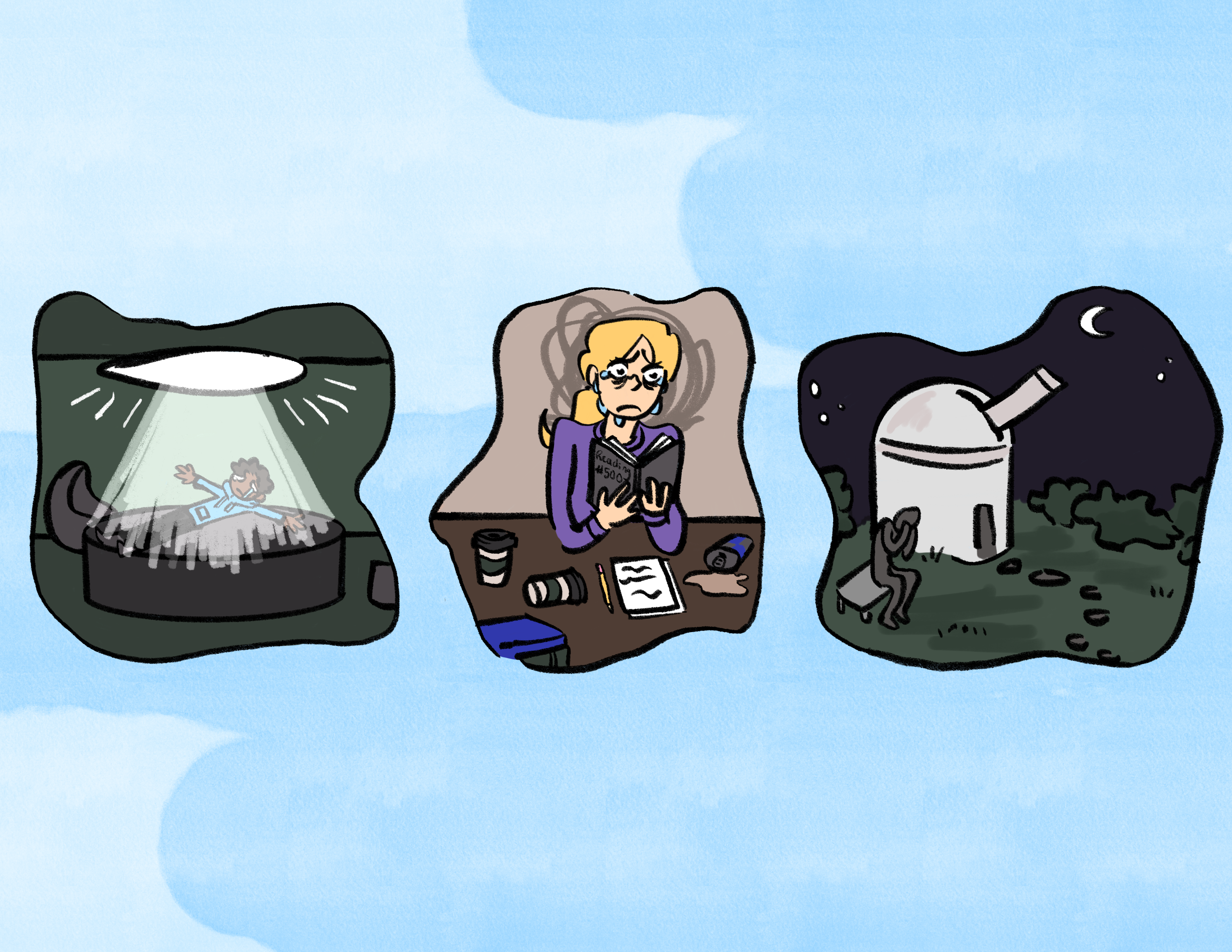After the abject critical failure of The Phantom Menace, George Lucas evidently set out to outdo himself in grand style with Star Wars Episode II: Attack of the Clones, the second installment in the prequel trilogy. Attack of the Clones improves over The Phantom Menace, simply because it actually has an impact on the Star Wars saga. Unfortunately, the film still is incredibly flawed, so it is only a slight improvement.
The first half hour and final forty-five minutes of Clones are excellent. The film starts off with an assassination attempt on Senator Amidala, which kickstarts the plot into motion. Another attempt sends Anakin and Obi-Wan into the underbelly of Coruscant, which leads to some very Blade Runner-esque sets and production design. From there, the film quickly declines. Lucas attempts to emulate The Empire Strikes Back by having the heroes go in two separate directions: Obi-Wan to investigate the disappearance of Kamino from the Jedi Archives (and eventually discover the creation of the clone army), and Anakin to Naboo to serve as Padme’s personal protection.
Obi-Wan’s storyline is genuinely interesting; mostly because it actually adds something to the Star Wars mythos. Ewan McGregor is also probably given the least-painful dialogue by Lucas, and he continues to embody a young Alec Guinness sublimely. His discovery of the origins of the clone troopers is an extremely neat way to explain the creation of the Imperial Army. Kamino’s design is superb. The constantly raining weather and raging oceans provide the perfect backdrop for the discovery of one of the tools that will lead to the Republic’s collapse. There are some moments of genuine dread when Obi-Wan encounters Jango Fett, and his son/clone, Boba, on Kamino. The fight scene between the two is fantastic. The subsequent pursuit through space is a nice callback to The Empire Strikes Back, one of the few that actually works in the film.
Unfortunately, while Obi-Wan’s story is enjoyable to follow, Anakin’s storyline is downright painful to sit through. Hayden Christensen, who portrays Anakin, and Natalie Portman, who portrays Padme, have absolutely no chemistry together, and any attempts at a romance fall short. The dialogue is absolutely horrendous, as Lucas proves that he has no idea how to write in anything other than clichés or awful attempts at “small talk.” It wouldn’t be so bad if the film didn’t devote so much time to trying to establish a romance between the two. When Padme tells Anakin that she loves him, it’s easily the least believable “I love you” statement in cinematic history. This is the part of the film that brought it the most criticism from fans.
The only redeeming part of Anakin’s storyline is his return to Tatooine. His massacre of the Sand People is well done because of how it is implied by Lucas. As opposed to showing Anakin’s rampage, Lucas cuts away, preserving the PG rating and leaving what happens up next to our imagination. Christensen’s reaction to this actually works. Anytime he doesn’t have to say anything, Christensen is adept at portraying Anakin’s emotions through facial expressions. His turn to the dark side has begun with the death of his mother, and Christensen’s facial expressions are the only bearable part of his performance.
When the two storylines collide, the film becomes uneven. Christopher Lee’s performance as Count Dooku is, of course, excellent. He is a perfect villain, and his tempting of Obi-Wan feels almost on the same level as Vader and Luke in the Original Trilogy. However, Anakin and Padme go through an extremely stilted and poorly edited action sequence in a droid factory. It was evidently written into the script and shot after the filming of the rest of the movie had finished, and it shows.
The finale of the film almost redeems anything that came before. The action sequence in the arena on Geonosis draws on the influences of Gladiator to provide a multi-layered action scene. The face-off between Anakin, Obi-Wan, and Padme and the three beasts is ingenious and inventive. The subsequent reveal of Mace Windu and the rest of the Jedi around the arena is Star Wars nirvana. The escalation doesn’t stop after the epic battle between the Jedi and the droid army. The arrival of the clones to save the Jedi is the first chance the audience gets to see the fledgling Imperial army in action, and it is fantastic. The action is epic, fast-paced, and visually thrilling. The only problem is the interplay between the characters: Lucas’ attempts at having some banter fall far short of anything from the Original Trilogy. The only disappointing aspect of the scene? Jango Fett’s anti-climactic death at the hands of Mace Windu.
Clones is able to top itself at the very end when Anakin and Obi-Wan face off against Dooku. Anakin’s arm is chopped off, which is perhaps the most blatant parallel with Empire, and Obi-Wan is easily defeated by Dooku. Then, in one of the great crowd-pleasing moments of all time, Yoda enters, draws his lightsaber, and flies into action. The CGI is excellent and it’s absolutely thrilling to see Yoda in action for the first time.
The end of the film sets up the finale of the trilogy quite well with the ominous statement that the Clone Wars have just begun. Unfortunately, because there was only one movie left, we never got to see much of the Clone Wars, but they are featured in the animated television series, The Clone Wars. Overall. Attack of the Clones has stretches of mediocrity interrupted by occasional brilliance, and it feels like a film with actual consequences for the arc of the Prequel Trilogy. This elevates it above its predecessor quite handily.
Star Wars ranking: 5/6





